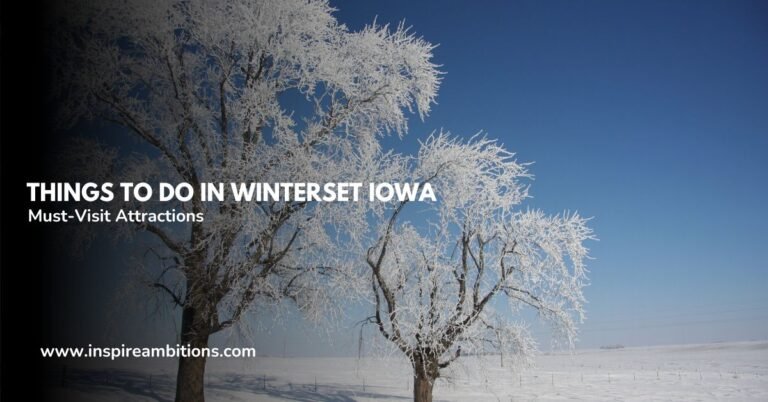Large Map of the United States – A Comprehensive Guide
Exploring a large map of the United States opens a window to the vast and diverse landscapes of the nation, offering more than just geographical information. Throughout history, maps have been essential in planning travel, understanding regional differences, and gaining a deeper appreciation for the size and variety of the USA.
A large and detailed map reveals an intricate web of cities, towns, roads, and natural features stretching from the Atlantic to the Pacific.
Having a large physical or digital map is not only a practical tool for education and reference but also a way to visualize the connection between various parts of the country.
It serves as a guide through the USA’s immense network of highways for travelers, identifies the locations of significant landmarks for curious explorers, and provides a framework for understanding how the country’s history and settlement patterns have shaped its current layout.
Geographic Landscape of the United States
The United States offers a diverse tapestry of landscapes, from towering mountain ranges and vast rivers to some of the most iconic national parks and natural wonders in the world.
Mountains, Lakes, and Rivers
The United States is home to significant mountain ranges, including the Rocky Mountains و ال Appalachian Mountains. The Rockies extend from the northernmost part of British Columbia, in western Canada, to New Mexico in the Southwestern United States.
In contrast, the Appalachians run along the eastern U.S., providing a natural barrier separating the east coast from the interior plains.
The country’s river systems are vast and intricate, with the mighty Mississippi River running through the central U.S. This river, alongside thousands of lakes, including the Great Lakes—the largest group of freshwater lakes on Earth by total area—provides crucial resources for transport, agriculture, and recreation.
Major Regions and Boundaries
The United States is composed of various regions, each with its unique geographic features:
- Northeast: Known for its dense population and historic significance.
- South: Characterized by its warm climate and rich cultural heritage.
- Midwest: المنزل ل Great Plains, a vast flatland that is key to the nation’s agricultural output.
- West: Includes a range of landscapes from fertile coastlines to arid deserts.
The country’s boundaries stretch from the المحيط الأطلسي in the east to the المحيط الهادي in the west, with كندا to the north and المكسيك to the south, including the warm waters of the Gulf of Mexico.
National Parks and Natural Wonders
The United States prides itself on its network of national parks, showcasing the country’s stunning natural beauty. Highlights include:
- ال Grand Canyon: A dramatic and colorful chasm carved by the Colorado River, known for its overwhelming size and intricate landscape.
- Yellowstone National Park: The first national park in the world, boasting geothermal wonders like geysers and hot springs.
- منتزه يوسمايت الوطني: Renowned for its giant, ancient sequoia trees, the iconic vista of towering Bridalveil Fall, and the granite cliffs of El Capitan and Half Dome.
These protected regions highlight the importance America places on preserving its significant landscape for future generations to experience.
Demographics and Urban Geography
In the vast landscape of the United States, they understand where people live, and the structure of urban areas is vital. With a focus on population distribution, significant cities، و state profiles, this section provides a comprehensive view of America’s demographic and urban geographic landscape.
Population Distribution and Density
The United States is a patchwork of densely populated cities and vast stretches of open land. Population density varies widely, with major urban centers like مدينة نيويورك و لوس أنجلوس boasting some of the highest numbers.
The coastal states, particularly along the East and West Coasts, typically have higher population densities, while interior states like Wyoming و مونتانا are more sparse.
The densely populated areas often coincide with extensive road networks, facilitating connectivity and economic activity.
- Highly Populated States: California, Texas, Florida
- Densely Populated Cities: New York City, Chicago, Los Angeles
المدن الكبرى والعواصم
Major cities often serve as hubs of economic, cultural, and demographic significance. For example, Washington D.C. is not only the nation’s capital but is also symbolic of American democracy.
Similarly, cities like Philadelphia, Atlanta، و Miami are critical players in their respective states—Pennsylvania, Georgia, and Florida. State capitals such as Columbia in South Carolina, أوستين in Texas, and Sacramento in California act as political and administrative centers with bustling populations.
- Economic Powerhouses: New York City, Chicago, Los Angeles
- Cultural Centers: Philadelphia, Atlanta, Miami
State Profiles
Each of the 50 states has a unique profile, influencing its demographic and urban geographic characteristics. States like كاليفورنيا, with its massive coastline, and تكساس, renowned for its size and economic clout, have large populations and major urban centers.
In contrast, Hawaii’s geographic isolation and Alaska’s extreme weather shape their demographics differently. Other states like Michigan, with its Great Lakes access, and Louisiana, with its delta region, showcase how geography can impact urban development and population trends.
- Notable Geographies:
- Alaska: Largest state by area, sparsely populated.
- كاليفورنيا: Most populous, significant urban-rural divide.
- فلوريدا: Famous for its peninsula and retirement communities.
- Hawaii: Unique island demographics and culture.
ال الولايات المتحدة displays a rich tapestry of demographic patterns and urban geographies. Whether you’re examining the bustling streets of مدن أساسيه يحب مدينة نيويورك or the expansive, open landscapes of states يحب Wyoming, each contributes to the country’s diverse character.
The distribution of سكان and the prominence of state capitals reflect significant historical and geographical influence over the nation’s development.







